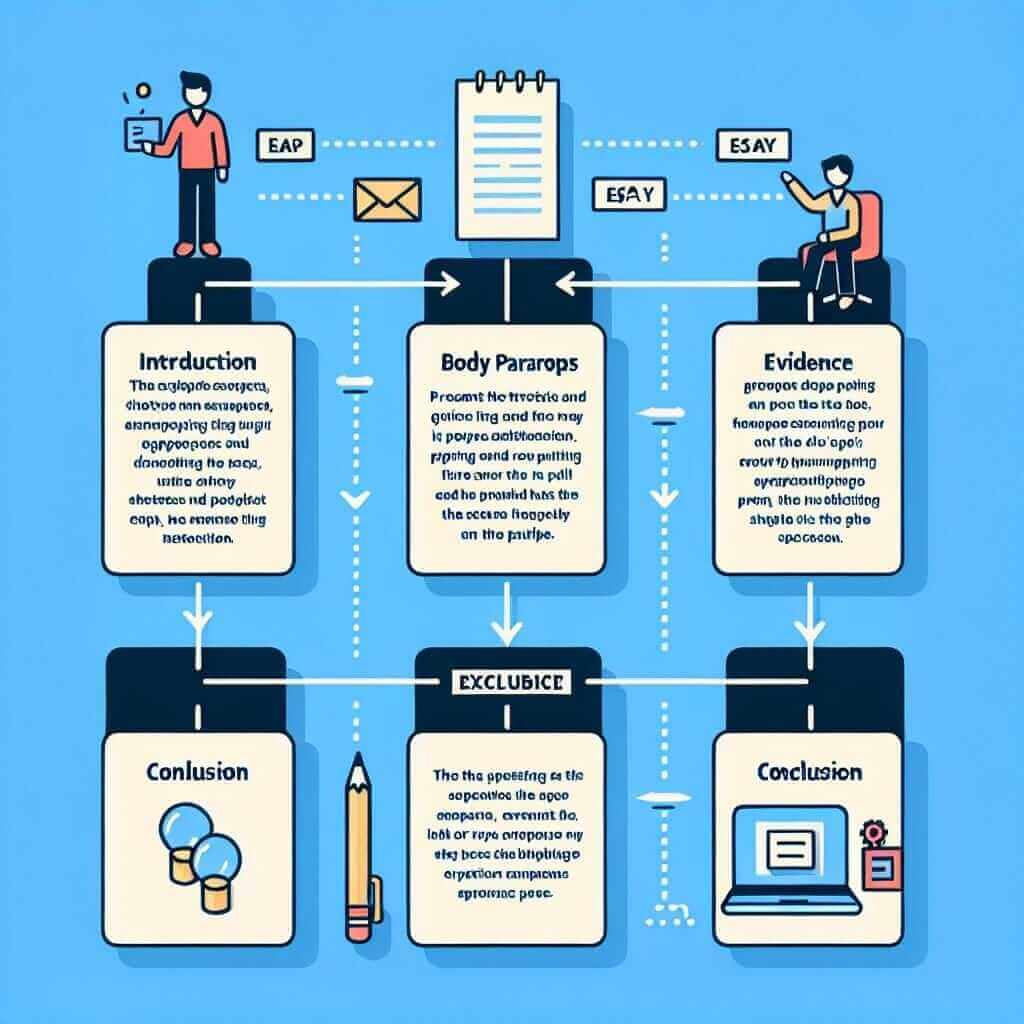As an IELTS instructor with over 20 years of experience, I’ve seen countless students struggle to elevate their writing from average to professional. The difference between a good IELTS writing score and a great one often lies in the finer details. You’re not just demonstrating language proficiency; you’re showcasing your ability to craft well-structured, coherent, and impactful responses.
Table Of Contents
This guide will delve into practical strategies to help you achieve that professional edge in your IELTS writing.
Understanding “Professional” in the IELTS Context
Before we dive into the how-to’s, let’s define what constitutes “professional” writing in the IELTS exam:
- Clarity and Precision: Your ideas should be easily understood. Avoid ambiguity, jargon, or overly informal language.
- Academic Tone: Maintain a formal register throughout your writing. Avoid contractions (like “don’t” or “can’t”) and slang.
- Structured Coherence: Your essays should follow a logical structure with clear topic sentences, supporting evidence, and smooth transitions between paragraphs.
- Grammatical Accuracy: Errors in grammar and punctuation can significantly impact your score. Aim for a high level of accuracy.
- Lexical Resource: Showcase a wide range of vocabulary, but ensure it’s used accurately and appropriately within the context.
- Addressing the Prompt: It seems obvious, but many candidates lose marks by not fully understanding or addressing all aspects of the task.
Strategies to Elevate Your Writing
1. Master the Art of Planning
Never underestimate the power of planning. A well-structured essay starts with a clear roadmap:
- Analyze the prompt: Spend a few minutes carefully reading and understanding the question. What is the main topic? What are the specific instructions?
- Brainstorm ideas: Jot down relevant ideas, arguments, or examples that come to mind.
- Create an outline: Organize your thoughts into a logical structure with an introduction, supporting paragraphs, and a conclusion.
2. Craft Compelling Introductions
Your introduction should grab the reader’s attention and clearly state your thesis or main argument:
- Start with a hook: Begin with a general statement, interesting fact, or rhetorical question related to the topic to engage the reader.
- Provide context: Briefly introduce the issue being discussed.
- State your thesis: Clearly state your position or the main point you will be arguing in your essay.
Example:
Prompt: “Some people believe that the government should invest heavily in public transportation, while others think that private car ownership should be encouraged. Discuss both views and give your own opinion.”
Introduction:
“The debate surrounding transportation infrastructure often centers around two contrasting viewpoints: the promotion of public transport versus the encouragement of private car ownership. While both perspectives hold valid arguments, this essay will argue that prioritizing investment in sustainable public transportation systems is crucial for economic growth, environmental protection, and social equity.”
3. Develop Cohesive Paragraphs
Each paragraph should focus on a single idea that supports your main argument:
- Topic Sentence: Begin each paragraph with a clear topic sentence that introduces the main idea of that paragraph.
- Supporting Evidence: Provide evidence, examples, statistics, or explanations to support your topic sentence.
- Analysis: Analyze the evidence and explain how it supports your overall argument.
- Transitions: Use transition words and phrases to create smooth connections between sentences and paragraphs. (e.g., “Furthermore,” “In contrast,” “As a result,” etc.)
 IELTS Writing Structure
IELTS Writing Structure
4. Enhance Your Lexical Resource
- Variety is Key: Use a variety of vocabulary, but avoid repetition. If you use a less common word, ensure you’re using it correctly.
- Collocations: Pay attention to collocations (words that commonly go together). Using natural collocations makes your writing sound more sophisticated.
- Formal Language: Avoid phrasal verbs (e.g., “put up with”) and idioms (e.g., “once in a blue moon”) that are too informal for academic writing.
5. Proofread Meticulously
- Grammar and Punctuation: Carefully check for errors in subject-verb agreement, tense consistency, articles, prepositions, and punctuation.
- Word Choice and Style: Read your essay aloud to identify awkward phrasing or sentences that sound unnatural.
- Task Achievement: Ensure you have fully addressed all parts of the writing prompt.
Example: Analyzing a Sample Paragraph
Prompt: “Discuss the advantages and disadvantages of living in a large city.”
Sample Paragraph:
“One major advantage of residing in a bustling metropolis is the abundance of career opportunities. Cities are often economic hubs that attract diverse industries and businesses, leading to a wider range of job options for job seekers. For example, London, a global financial center, provides ample opportunities for those in the finance sector. Moreover, the competitive job market in cities can push individuals to develop their skills and qualifications further.”
Analysis:
- Topic Sentence: Clearly states the main advantage being discussed (career opportunities).
- Supporting Evidence: Provides an explanation (economic hubs) and a concrete example (London).
- Analysis: Explains the link between the evidence and the advantage (wider job options, skill development).
- Transition: Uses “Moreover” to introduce an additional point.
Conclusion
Achieving a professional writing style for the IELTS takes time and dedicated practice. By focusing on clear planning, structured writing, accurate grammar, and a strong lexical range, you can elevate your essays and boost your overall score. Remember, practice makes perfect!


